Best smart light 2021: Philips Hue, LIFX and others we've tested
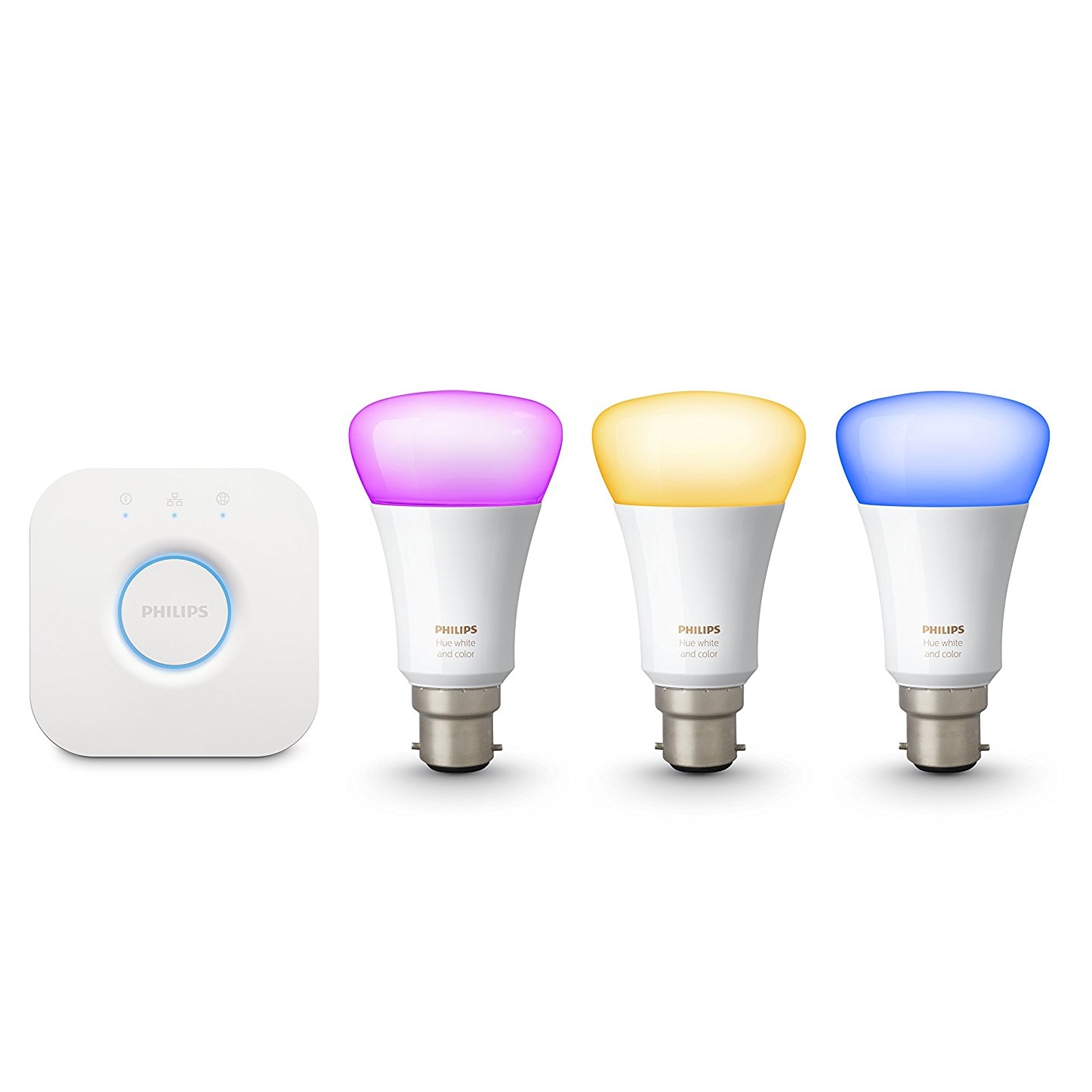
The best smart light enables you to create the perfect atmosphere in your home at any moment without having to get up from your seat. Whether you want to brighten or dim the light, switch it on or off or change the color it illuminates, all you need in your smartphone.
The best smart light can also be a handy tool when it comes to saving energy (and money). Designed to replace your existing incandescent bulbs, most smart lights are LED models that burn less energy. Even better, while some smart light bulbs use Bluetooth so they can only be controlled when you’re nearby, many smart lighting options feature Wi-Fi so they can be switched on or off no matter where you are. This means if you’re forgetful you can turn the lights off remotely rather than leaving them running until you get home, wasting electricity.
One of the most affordable smart home devices on the market, smart lighting can also be controlled by your voice using one of the best smart speakers or smart displays, which can make it even simpler to use. Smart lights can also be set to work with other gadgets to automate your home; for example, they can be set to illuminate at the same time as the smart thermostat raises the temperature a few degrees and appliances connected to smart plugs spring into life, creating a warm, cozy ambiance in the evening.
Smart lights are often heavily discounted during Black Friday and Cyber Monday - in previous years we’ve seen savings of anywhere from 20% to 50% on an array of models from brands such as Philips Hue, LIFX, and Nanoleaf. Discounts can be found at retailers such as Amazon, as well as Best Buy and Walmart in the US, and Currys and AO.com in the UK.
If you’re keen to get your smart home kickstarted before the festive period, then we’d recommend snapping up a deal sooner rather than later, due to the ongoing supply chain issues. However, if you’re looking to get the best price possible, it’s worth hanging on for Black Friday and Cyber Monday itself.
There’s a wide range of brands offering smart lighting right now with price points to suit all budgets, which may leave you confused as to exactly which you should choose? To help you decide, we’ve bathed our homes in light to put a plethora of designs to the test, to discover just which is the best smart light you can buy right now.
The best smart light of 2021

There's a very good reason why Philips Hue is the biggest name in the smart lighting scene: it's without a doubt one of the greatest offerings to the market. The lights produce the most natural tones of any smart lighting we've used, the app is easy to use, and installation is a doddle.
There's a wide range of different smart lighting too; from color (with 16 million shades) and white bulbs (both solid and ambient that offers a host of different hues) to side and ceiling lamps, outdoor lighting, and even Philips Hue lightstrips. We were also impressed the smart lights work with Alexa, Google Assistant, and HomeKit.
That said, while the newer version of Hue Bulbs have Bluetooth built-in so you don't need a hub to set them up, the Hue Bridge ensures you can access all of the handy features such as geofences and the ability to customize when lights come on; for example at a set time or when something happens ie sunset or sunrise.
Read the full review: Philips Hue
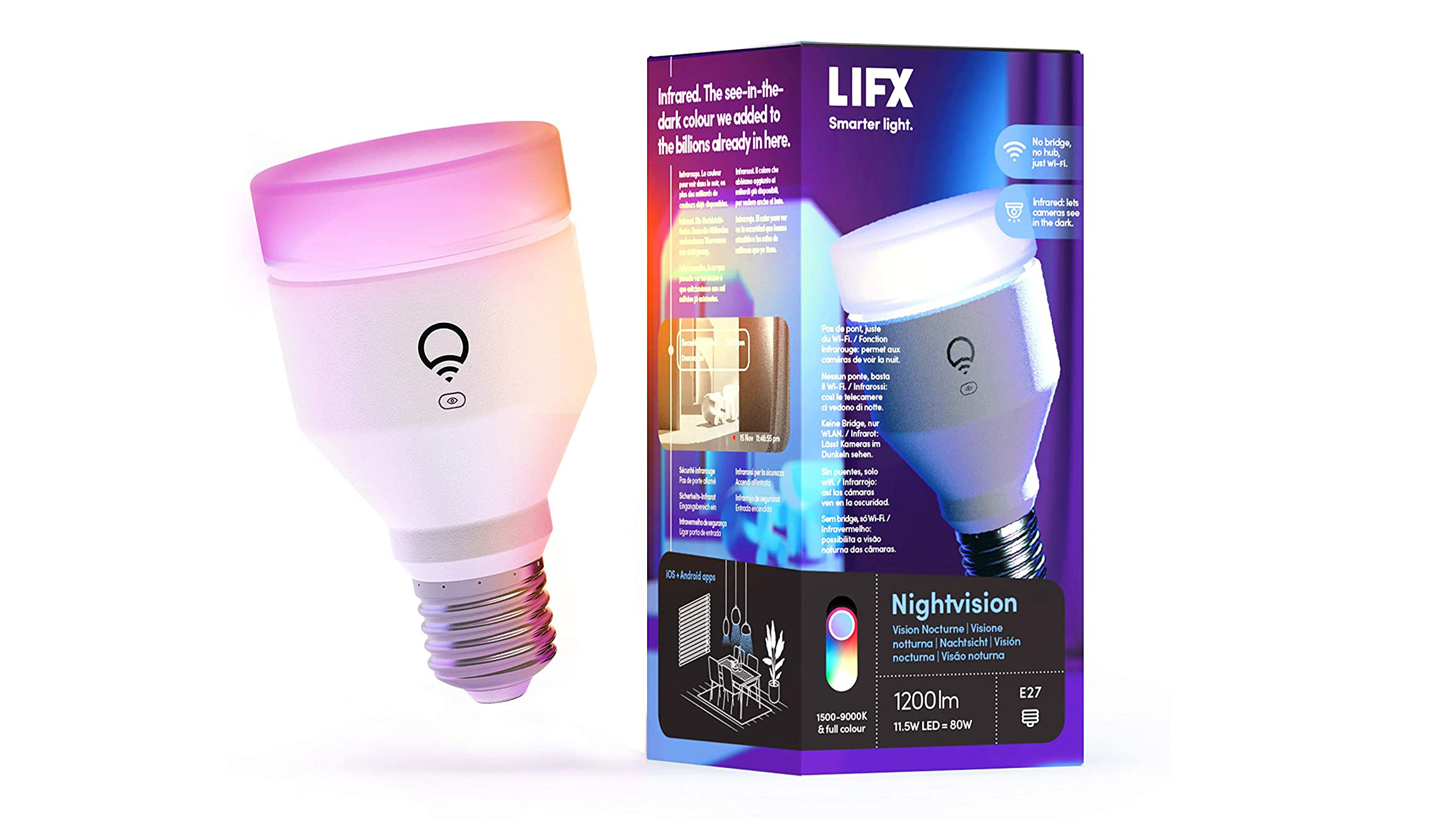
Just like Philips Hue, LIFX offers a plethora of smart light options; from color and white bulbs, that come both in full size and the more compact LIFX Mini design, as well as lightstrips, LIFX Beam - the brands own take on smart light wall art and LIFX Clean - a smart light that can also kill bacteria. There's also an outdoor bulb that enhances the night vision of best home security cameras.
Unlike Philips Hue, LIFX bulbs don't need a hub to access all of the features - these smart lights connect directly to your Wi-Fi. Simple to set up and easy to control, we were I'm[pressed at the vibrant colors offered by the bulbs, too. However, just like Philips Hue, the bulbs are expensive compared to incandescent bulbs.
They're compatible with HomeKit, Amazon Alexa, and Google Assistant too, meaning no matter the type of smart home you have, they'll fit in. However, the bulbs have an unusual style with a flat top, so they don't look natural, and they're bulky too.
Read the full review: LIFX
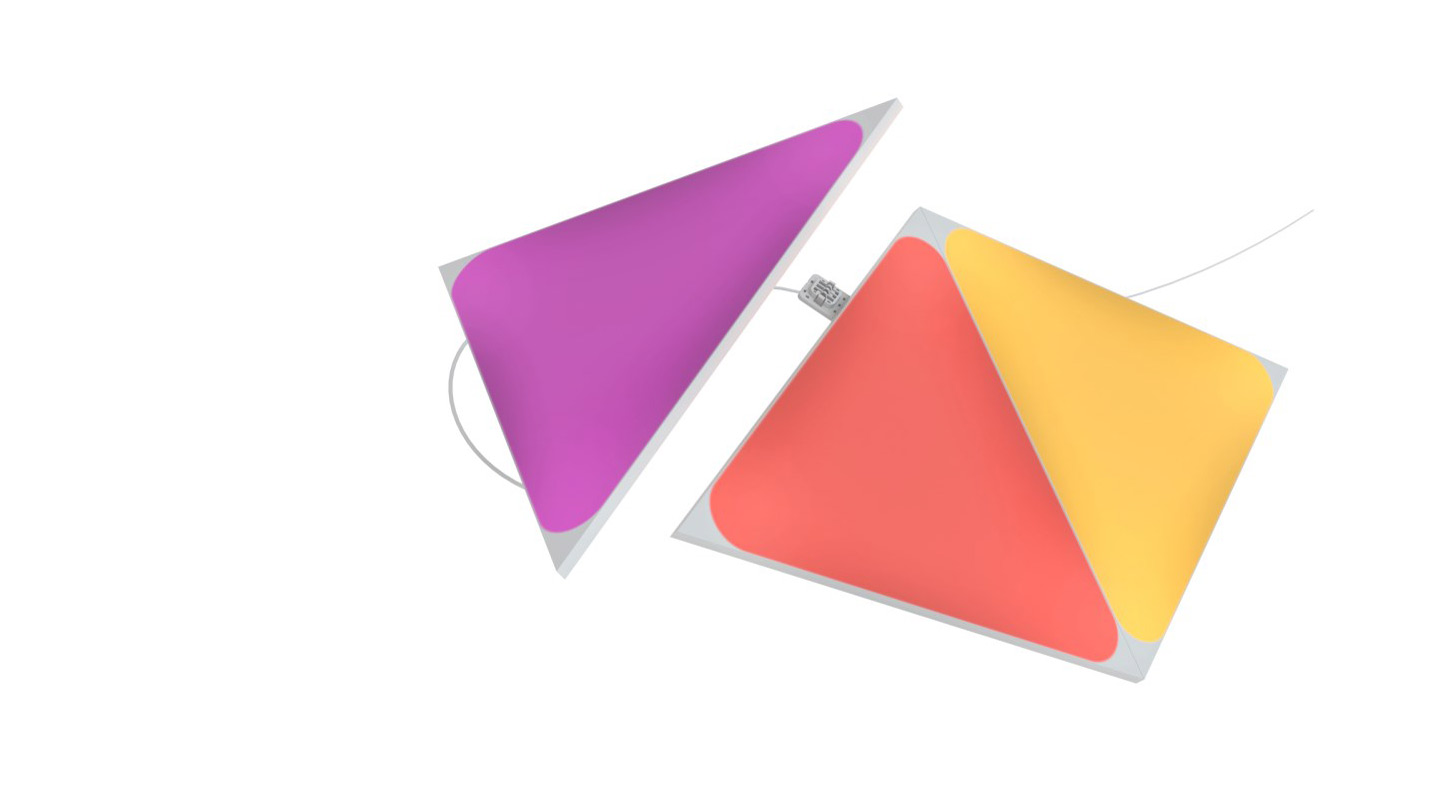
The Nanoleaf Shapes take the concept of lighting and turn it base-over-apex. Using a collection of hexagonal and triangular panels, you create a dynamic shape on your wall (or ceiling, or both) that can shift through over 16 million different colors.
What's more, the panels can glow solid colors or can transition at different speeds through colors to create a unique lighting effect in your home. On top of that, you can set the panels to react to touch or even music playing in your surroundings, putting you in the centre of your own music video.
The original set comes with nine panels, all of which are the same shape, but you have the option to add more and you can mix and match the different shapes. We admit these plastic panels don't look particularly attractive when they're not illuminated, so if you're after a more stylish look at all times; Nanoleaf Elements in a version of the hexagonal panels that have a wood-like veneer on them. They're also difficult to remove once mounted,
Don't like the sound of hexagons and triangles? Nanoleaf Canvas are square-shaped light panels but they can't be combined with Nanoleaf Shapes, unfortunately.
Read the full review: Nanoleaf Shapes
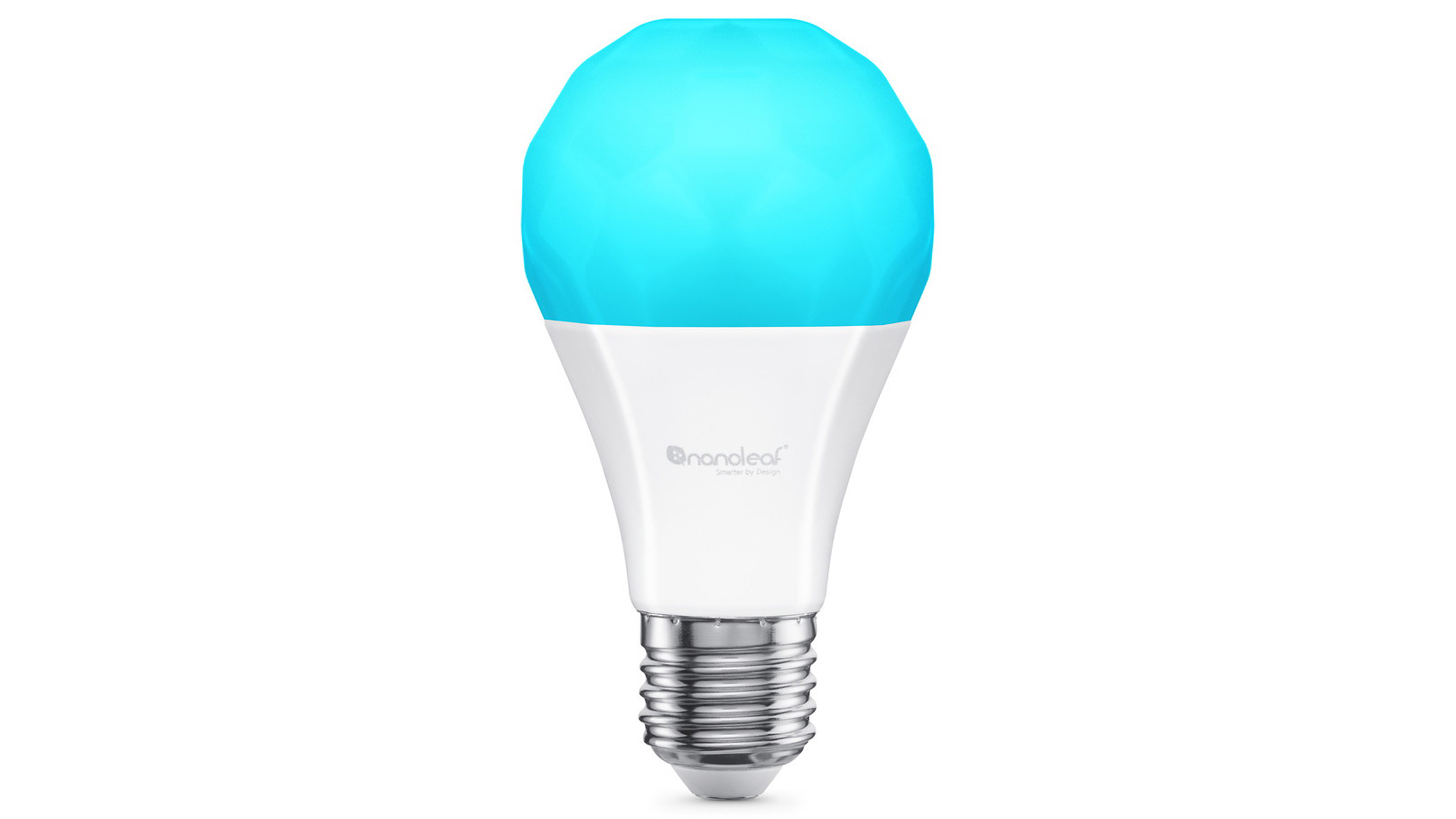
There's no denying the Nanoleaf Shapes create unique lighting effects, but they are an expensive purchase, and they won't fit existing side lamps. Fear not, Nanoleaf also offers the more affordable Essentials range of smart lighting. Choose between the smart light bulb, with a unique geometric design known as a rhombicosidodecahedron (although this won't be to everyone's taste), or the Nanoleaf Essentials lightstrip.
Not only can they glow a wide range of colors, they even have a Circadian Lighting feature that changes the color temperature throughout the day to mimic the natural light.
Nanoleaf Essentials smart lights support Thread, a smart home technology, that is more stable than Wi-Fi and puts an end to laggy connections, as well as Bluetooth. However, they only work with HomeKit and Google Assistant, so it might be worth avoiding if you use Alexa to control your smart home.
Read our full review: Nanoleaf Essentials A19 E27 smart bulb
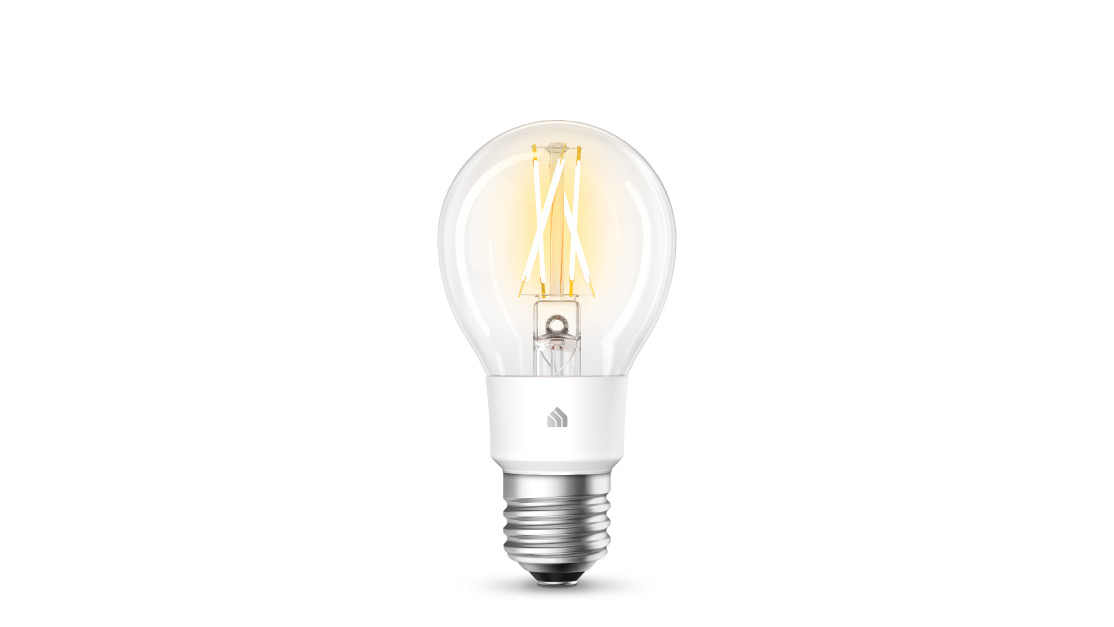
TP-Link may be a brand best well-known for networking products such as the best wireless routers and the best powerline adapters, but it also does an affordable range of smart home devices including smart bulbs.
As well as color and white bulbs, it's one of a few brands that also offers smart filament-style bulbs too (the model we've reviewed here) that can create a vintage-style look while still maintaining modern smart home capabilities.
Easy to install and simple to use, the TP-Link Kasa Filament Smart Bulb offers Amazon Alexa and Google integration too, although there's no HomeKit support.
Read the full review: TP-Link Kasa Filament Smart Bulb
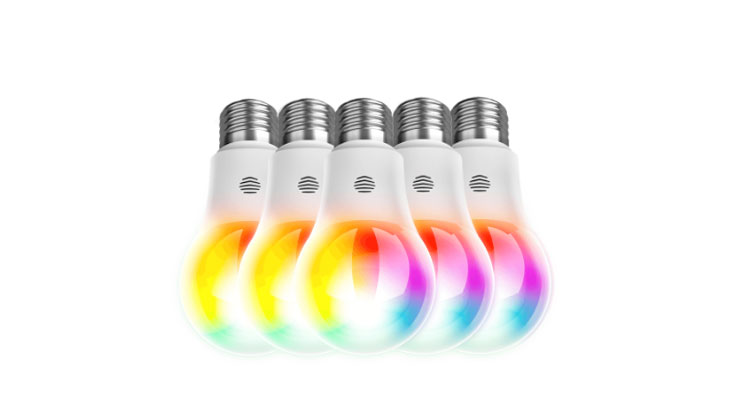
If you want a smart light that fits within one ecosystem, the Hive Active Light is a good fit. If you're already the proud owner of a Hive Thermostat, plug, motion sensor, or Hive View camera, you'll know that all Hive devices can all be controlled from a single easy-to-use app, providing you have the Hive Hub, streamlining the smart home control process.
As an added bonus, Philips' Hue bulbs can be integrated into the Hive ecosystem, so if you've got this far down the list but are still thinking about the Hue range, you can go back and buy them now.
Like the other smart light ranges, Hive has a variety bulbs, with some that change color and some that just do white, however it lacks the choice of lamps and ceiling lights other ranges offer. The light from them is very pleasant, although the bulbs do 'pulse' slightly if you turn them on using a light switch, so you need to leave the switch in the 'on' position and turn the lights on and off using the app.
Read the full review: Hive Active Light
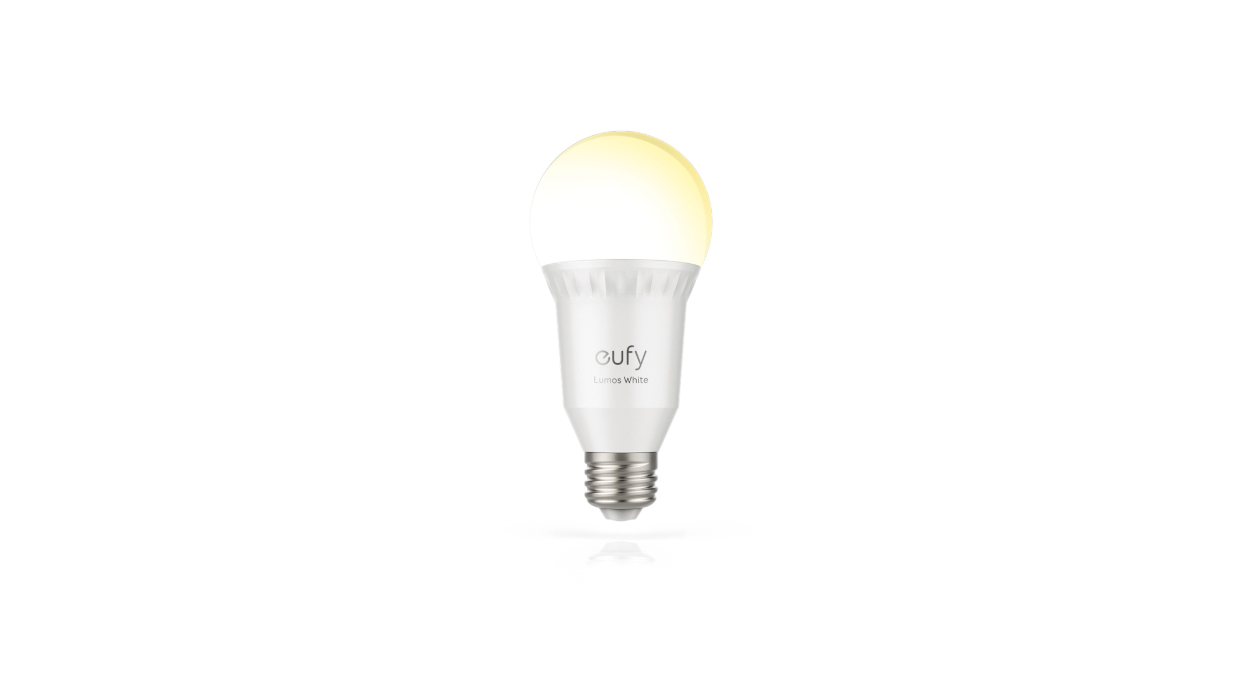
Eufy (owned by Anker) is really making a name for itself as a robovac brand, producing some of the best robot vacuums that can rival the likes of iRobot as well as some of the best home security cameras that give Arlo and Ring a run for their money. But it's also trying its hand at smart bulbs too.
It may be early days for Eufy's smart bulb offering – there's currently only one bulb to choose from – but it's easy to use and ideal for those looking for a simplistic smart light bulb. Affordable compared to other smart bulb ranges, they also support Google Assistant and Alexa to, although there's no HomeKit support yet.
Read our full review: Eufy Lumos Smart Bulb
How we test smart lights
To compare the best smart lights we evaluate how simple they are to install and control. We assess how quickly they respond to commands such as dimming or brightening the smart light bulbs, as well as changing the color and creating groups of smart light bulbs that can be controlled at the same time, both when we're at home and when we’re away from our property.
We also assess each design on any voice control capabilities and it’s home automation features. For each model we wanted to know how much choice in different light fittings were offered, the extra kit such as hubs, dimmer switches and motions that’s also available for the smart lights and that it didn’t require reading a thick instruction manual before use.
What to consider when buying a smart light
What to consider when buying a smart light
When it comes to selecting the right smart lights for you, there are a number of considerations you must make before choosing a particular model.
Start by checking the type of fitting the smart light bulb has and whether it's compatible with your existing lighting or if you’ll need to buy adapters. Also decide whether you want lights that glow one static shade or offer different tones of white, or even a multitude of colors to ensure you create the lighting effects you want in your home.
Now consider how bright the smart light bulbs are. The brightness of LED bulbs is measured in lumens unlike incandescent bulbs, which are measured in watts. With incandescent bulbs, higher wattage means a brighter light but as LED bulbs are more power efficient that’s no longer the case. As a guide an 800 lumen LED bulb gives off the same amount of light as a 60w incandescent bulb, while to replace a 40w bulb with light of a similar brightness, look for an LED option that offers 450 lumens.
Some smart light bulbs connect to the internet via Wi-Fi and can be controlled when you’re at home, and when you’re not around. However, other models use Bluetooth and require extra kit if you want to switch them on and off remotely.
It’s also worth noting that not all smart lights integrate with all voice assistants, so if you already have Alexa, Google Assistant or Siri (through Apple Homekit) in your home consider whether the smart lights you’ve selected are compatible.
Also consider whether they will work with other smart home devices you have installed, such as home security cameras, video doorbells and smart lights.
Are smart lights worth the money?
Smart light bulbs are more expensive than traditional incandescent bulbs, which may leave you wondering if they are worth the money. However, we think they very much are worth it.
As we've already mentioned, the best smart light bulbs are LED, which have a longer lifespan than their incandescent counterparts. On top of that they also use less energy, which is not only good for the environment, but also has less of an impact on your wallet too. When you couple this with a longer lifespan, the investment in smart lights is most definitely worth it.
How do smart light bulbs work?
Like the best smart home devices, smart lights use wireless technologies to connect to your smartphone and allow you to control the bulb from an app.
Many smart bulbs use Bluetooth to pair directly to your phone, but these smart lights can’t be controlled when you’re in a different room, or further away, because Bluetooth is a point-to-point connection.
If you want to control your smart lights when you’re away from home, look for bulbs that either have a hub, such as Philips Hue, or use a cloud service - for example, LIFX - that can relay commands from your smartphone to the cloud and back to the smart light, if you’re not connected to the same Wi-Fi network.
Our article about how smart lights work offer further in-depth reading.
- Check out these great smart home device deals
from TechRadar - All the latest technology news https://ift.tt/2RXqMxx

Post a Comment